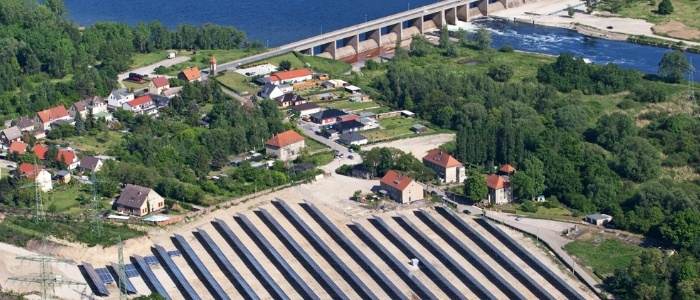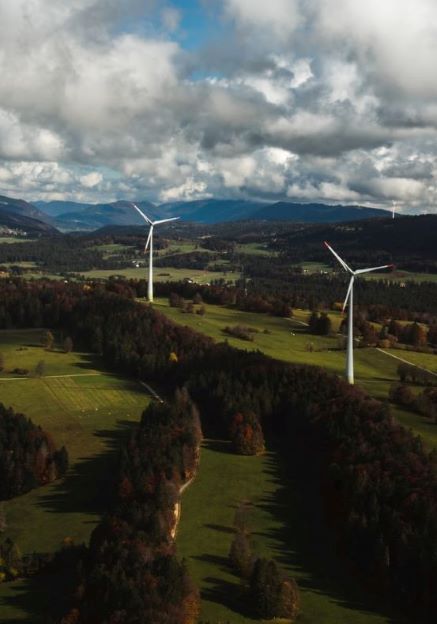Sustainability goals are now firmly anchored among investors, and reducing their own CO2 emissions is a regular part of this. Green funds make a significant contribution to this. "For every one million euros invested in the Clean Energy Future Fund, for example, around 1,300 tons of CO2 were saved in 2020," says Markus W. Voigt, CEO of the aream Group. "That's 2,600 flights to Mallorca and back."
Portfolios that invest in renewable energies are ideally suited here. "According to calculations by the German Federal Environment Agency, around 485 grams of carbon dioxide were emitted to generate one kilowatt hour of electricity for final consumption," says Voigt. "Investments in renewable energies help to avoid this."
It is important for investors to meet the requirements of Article 9 of the Sustainable Finance Disclosure Regulation (SFDR). In addition, these infrastructure investments also allow institutional investors to significantly reduce their carbon footprint. "On top of that, they offer good returns, even downright good returns in the current low-interest-rate environment," says Voigt.
Investments in a portfolio of solar and wind parks in several regions, for example, regularly generate returns of four to five percent. "If you get in at very early stages, such as project development, you can almost double those returns," Voigt says. The Clean Energy Future Fund does both: in addition to investing in operational or construction-ready wind and solar farms, it invests in project development of solar plants. In addition, a large universe of young start-ups offering services related to renewable energies is currently developing in the CleanTec sector. "Such investments can also reduce the carbon footprint," says Voigt.
The largest share, however, comes from replacing fossil fuels with wind or solar in power generation. "An investment of five million euros in the Clean Energy Future Fund results in an avoidance of 6,480 tons of CO2 for the year 2020 for the investor," Voigt says. Converted to the CO2 footprint of a mid-range car with an average consumption of eight liters per 100 km, this means the use of the equivalent of twelve passenger cars with a mileage of 25,000 km per year neutralized by the investment.
Or around 13,000 flights to Mallorca and back. The assumptions here are that a round-trip economy class flight from Frankfurt to Palma de Mallorca emits around 0.494 metric tons of CO2 per traveler. "Of course, it would be too easy to say that an investment in green energy offsets one's own flight behavior," says Voigt. "But especially for institutional investors who have set specific climate goals, such investments are a very good way to achieve those goals." And both return and sustainability goals.
PRESSEKONTAKT:
Leandra Kiebach
T: +49 (0)211 30 20 60 4-2
E: lk@aream.de


